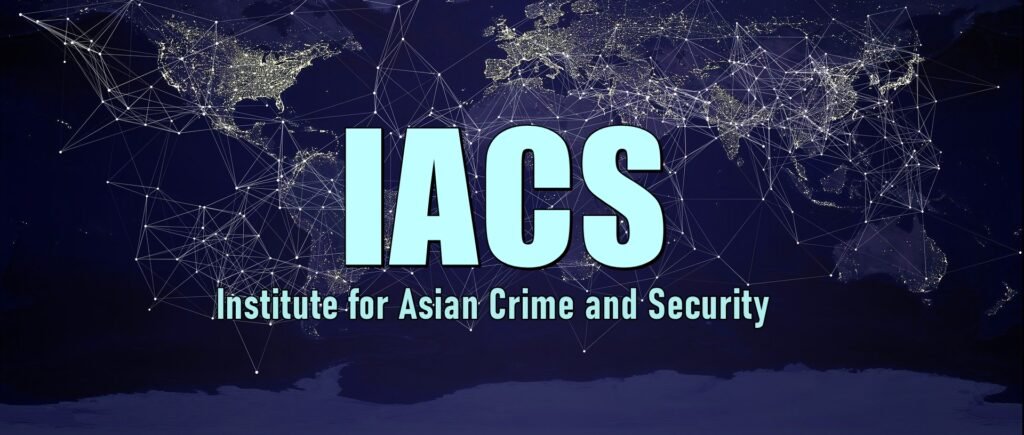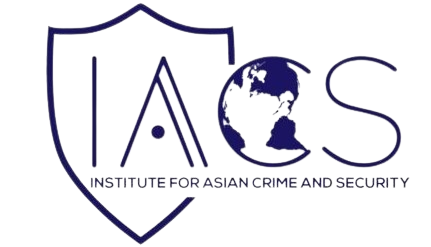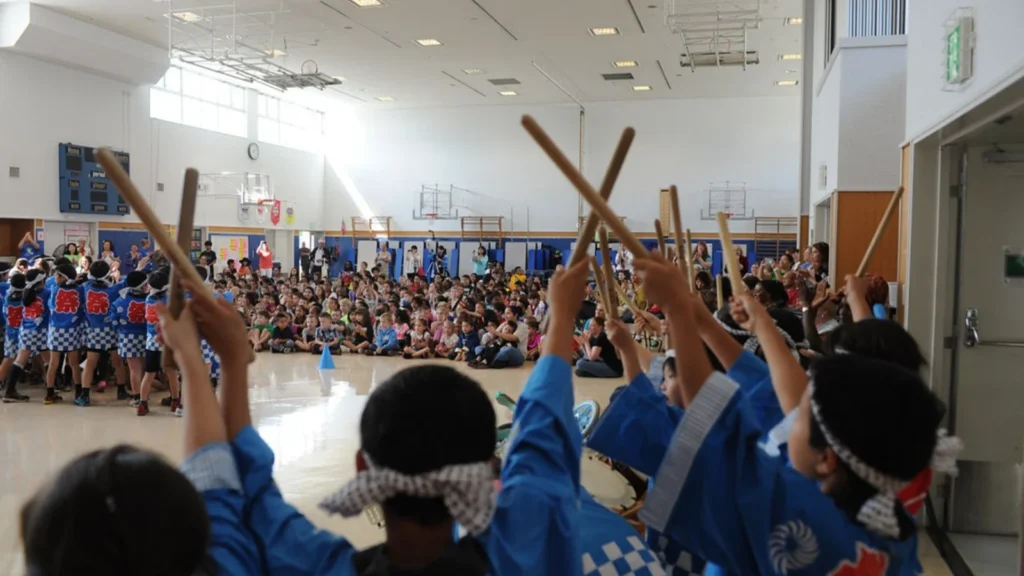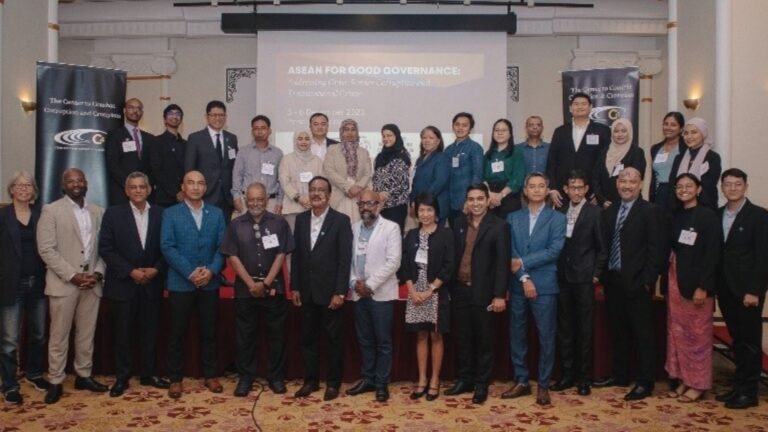Japan’s national borders have acquired an infamous reputation for being seemingly impenetrable. During the first months of the pandemic, the rule of who belongs and should be granted access to its island territories became painfully clear for many long-term foreign residents as they were not allowed to reenter the country after traveling abroad—a privilege that Japanese nationals enjoyed (Dujarric, 2022).
Japan has frequently been criticized for its lack of multiculturalist policies due to ethno-nationalist imaginings of the nation and an emphasis on jus sanguinis (inherited nationality from one’s parents) as a prerequisite for national citizenship (Wilkinson, 2020, pp. 22–24). In some extreme cases, this has compromised human rights. The refugee recognition rate is noticeably low, with a mere 47 asylum seekers recognized in 2020 (Japan Association for Refugees, 2021). Last year, the death of a Sri Lankan woman in a Japanese immigration detention facility indicated institutionalized racial discrimination and sparked controversy over Japan’s immigration policies as she was denied urgently needed medical care while being reportedly mocked by the staff (Nikkei Asia, 2021).
Yet, there is a pressing demand for the accommodation of foreigners in Japan. A rapidly shrinking and aging population due to low birth rates has urged the government to relax certain border regulations to let in more foreign workers. Japan International Cooperation Agency (JICA) has predicted a need for a quadrupling of foreign workers to more than six million by 2040 (Ara, 2022). As foreigners keep flowing in, calls for providing equitable opportunities and living conditions for immigrants and minorities will become all-the-more frequent.
Multiculturalism might be just the thing that could even out such inequalities. Though nowadays the scapegoat for integration problems in many Western countries, the fundamental principles of multiculturalism – to even out inequalities through fair and differential treatment without having cultural homogeneity as a prerequisite for political inclusion (Fernández, 2013, p. 53) – that has become the foundation of the extension of civil rights to the diverse populations of the West, have not had the same impact in Japan. The Japanese multiculturalism, often referred to by the term tabunka kyōsei (“multicultural coexistence”), has been criticized for ostensibly celebrating cultural diversity, while doing so only under tightly circumscribed conditions (Morris-Suzuki, 2003, p. 173); for being limited to the regional (and not national) level (Iwabuchi, 2016); and for one-sidedly focusing on intercultural exchange and language acquisition for foreigners rather than civil rights (Shiobara, 2020). Much research has mapped out these and other shortcomings of Japanese multiculturalist policies, but the question of why multiculturalism has not become a norm in Japan is mostly overlooked. It has been pointed out that multiculturalist policies often have been driven by external pressure (Tarumoto, 2003, pp. 88–96) and future related policies would require an embrace of multiculturalism as a norm. Theories on international norm formation can, as this article will illustrate, provide a bird’s eye view on the normative trajectory of multiculturalism in Japan.
Finnemore and Sikkink’s (1998) life-cycle model of norm development has formed the standard prototype on which other models have built upon and can provide a rudimentary illustration of the normative development of multiculturalism in Japan. It is divided into three stages: norm-emergence; norm cascade; and internalization. In the norm emergence stage, so-called norm entrepreneurs persuade norm leaders, e.g., the local or other governments, to implement the new norm. This is done by framing that calls attention to and dramatizes the relevant issues, and these frames later form the public understanding of the norm. A tipping point is reached when a certain number of norm leaders adhere to the norm, which leads to the norm cascade stage, where the norm is widely diffused, and is lastly internalized as it becomes taken for granted.
Because of the physical similarity of the so-called “oldcomers,” i.e. East Asians who immigrated to Japan or were forced there during the Pacific War, the emergence of the multiculturalist norm was delayed in Japan as their presence went largely unnoticed (Lie, 2001, pp. 23–24). But in the 1980s and -90s, a new wave of labor immigrants from Southeast Asia – the “newcomers” – made diversity visible and sparked multicultural debates. The Japanese term for multiculturalism that emerged in the 1990s, tabunka kyōsei, derived from an expression used in Zainichi (“residing in Japan”) Koreans’ social movements of the 1970s that protested the inequalities that arose from their lack of Japanese citizenship and was used in Kawasaki City to even out inequalities between the majority population and the big Korean population. It was thus an apt framing of the norm in line with the Western form of multiculturalism (Kashiwazaki, 2016, pp. 4–5). But as the concept became implemented in various tabunka kyōsei centers it assumed a new meaning. The tabunka kyōsei centers were established after the 1995 Hanshin-Awaji earthquake, where the need for language provisions to Japan-residing foreigners became evident. Thus, the term came to signify information provision and was effectively depoliticized, except for vague references to “mutual respect” (JICA, n.d, p. 13).
Tabunka kyōsei can be said to have reached the norm cascade stage as it reached a “tipping point” in 2005 when the Ministry of Internal Affairs and Communication (MIC) established the Committee for the Promotion of Multicultural Co-living that published a policy plan for the concept the following year to be implemented on the municipal level (MIC, 2006). By then, however, it came as a response to the cultural challenges of “newcomers” rather than the “oldcomers’” demands on civil rights – pressure on the national government from a group of municipalities with many newcomers are said to have partly pivoted the national policies (Yamane, 2017, pp. 153–154). The diffused concept thus served to promote intercultural communication rather than the extension of rights that the Western form of multiculturalism is known for. It has not seen much progression since either; Shiobara finds that tabunka kyōsei policies are “becoming increasingly informed by the blunt logics of paternalism, assimilationism, control and security” (2020, p. 34). Thus, an internalization of the multiculturalist norm is still far off.
References are often made to Japan’s self-imposed isolation from most of the world’s countries during the Edo period to describe its current inaccessibility for foreigners and ethnic minorities as a deep-rooted cultural problem. But multiculturalism is not incompatible with Japan – rather, it is only at the beginning of its trajectory. Something similar to the demographic evolution of big-scale labor immigration that many Western countries went through to rebuild their countries after World War II and pivoted multiculturalism is now taking place in Japan, albeit on a smaller scale. Foreigners, minorities and multiracial people are becoming increasingly more prominent in the Japanese media. The designation of the torch-lighting at the Tokyo Olympics to the half-Haitian tennis player Naomi Osaka epitomized the change that Japanese society is undergoing in forming a new vision of who belongs to the nation. The increased visibility and everyday interaction with cultural diversity will most likely have an impact on the advancement of the multiculturalist norm in Japan, but the restrictive border policies will make sure that it becomes a drawn-out process.
References
Ara, Chihiro. 2022. “Study: Japan will need 4 times as many foreign workers by 2040.” The Asahi Shimbun, February 4. https://www.asahi.com/ajw/articles/14540272.
Dujarric, Robert. 2022. “Japan is only harming itself by keeping its borders shut.” Nikkei Asia, January 27. https://asia.nikkei.com/Opinion/Japan-is-only-harming-itself-by-keeping-its-borders-shut?fbclid=IwAR3o5nDUbE7itJ4qQmy19BqKjIyRrzTpL4SNZVDfgv1CTMKHRFWntKuCMDU.
Fernández, Christian. 2013. “The Challenge of Multiculturalism: Political Philosophy and the Question of Diversity.” In Challenging Multiculturalism: European Models of Diversity, ed. Raymond Taras. Edinburgh University Press: 52–72.
Iwabuchi, Koichi. 2016. “Multicultural Co-living (tabunka kyosei) in Japan: Localized Engagement without Multiculturalism.” In Multiculturalism in East Asia: A Transnational Exploration of Japan, South Korea and Taiwan, eds. K. Iwabuchi, H. M. Kim & H. C. Hsia. Rowman and Littlefield Publishers: 55–68.
Japan Association for Refugees. 2021. “JAR Annual Report.” Japan Association for Refugees. https://www.refugee.or.jp/wp-content/uploads/2022/02/jar-ar_2020_en.pdf.
Japan International Cooperation Agency. 2007. “Tabunka kyōsei shakai no keisei to Nihon ni okeru torikumi ni kansuru genjō bunseki” [An analysis of the current state of the formation of multicultural coexistence society and Japan’s approach]. Japan International Cooperation Agency, March: 1–25.
Kashiwazaki, Chikako. 2016. “Multicultural Discourse and Policies in Japan: An Assessment of Tabunka Kyōsei.” The Gakushuin Journal of International Studies, 3, March: 1–15.
Lie, John. 2001. Multiethnic Japan. Harvard University Press.
Ministry of Internal Affairs and Communications. 2006. “Tabunka Kyōsei no Suishin ni Kansuru Kenkyūkai – Hōkokusho: Chiiki ni okeru Tabunka Kyōsei ni mukete” [The Council for the Promotion of Multicultural Coexistence – Report: Towards a Regional Multicultural Coexistence]. Ministry of Internal Affairs and Communication. https://www.soumu.go.jp/kokusai/pdf/sonota_b5.pdf.
Morris-Suzuki, Tessa. 2003. “Immigration and citizenship in contemporary Japan.” Japan – Change and Continuity, eds. J. Graham, J. Maswood & H. Miyajima. Routledge: 171–186.
Nikkei Asia. 2021. “Japan immigration center mistreated Sri Lankan before her death: probe.” Nikkei Asia, August 10. https://asia.nikkei.com/Spotlight/Japan-immigration/Japan-immigration-center-mistreated-Sri-Lankan-before-her-death-probe.
Shiobara, Yoshikazu. 2020. “Genealogy of tabunka kyōsei: A Critical Analysis of the Reformation of the Multicultural Co-living Discourse in Japan.” International Journal of Japanese Sociology, 29: 22–38.
Tarumoto, Hideki. 2003. “Multiculturalism in Japan: Citizenship Policy for Immigrants.” International Journal on Multicultural Societies, 5, no. 1: 88–103.
Wilkinson, Aoife. 2020. “Forfeiting Citizenship, Forfeiting Identity? Multiethnic and Multiracial Japanese Youth in Australia and the Japanese Nationality Law.” New Voices in Japanese Studies 12, pp. 21–43. https://doi.org/10.21159/nvjs.12.02.
Yamane, Toshihiko. 2017. “‘Tabunka Kyōsei’ to iu Kotoba no Seisei to Imi no Henyō: ‘Tabunka Kyōsei’ o Toinaosu Tegakari toshite” [The Creation and Meaning of the Term ‘Tabunka Kyōsei’: A Reexamination of ‘Tabunka Kyōsei’]. Tokiwadai Ningen Bunka Rongyō [Tokiwadai Journal of Human Sciences], 3: 135-160.
Featured Picture: U.S. Army Garrison Japan
About the Author: Jakob Ranglin Grissler is a Research Associate at IACS. He has a master’s degree in Asian studies from Stockholm University. He has previously studied Japanese studies in Japan for two years, and his research interests concern Japan’s role in Asia through such issues as history, security, development, migration, and international norm-making.








